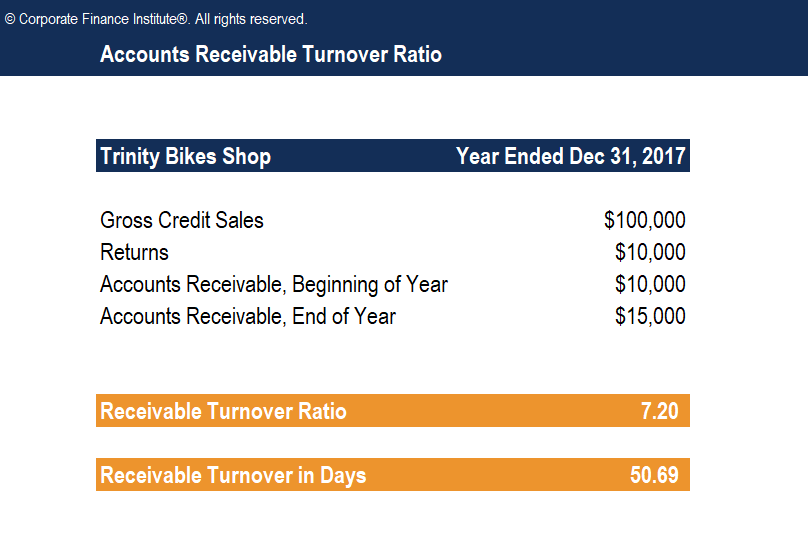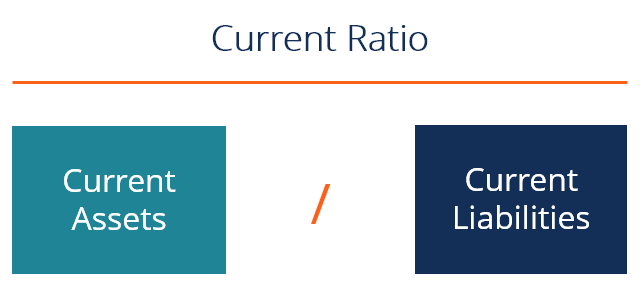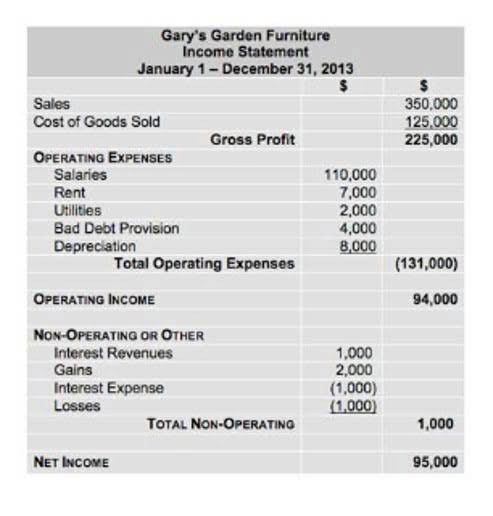Boost efficiency and save time with tools to automate your business. It boasts hundreds of cloud integrations with third-party applications to make accounting more automated, accurate, and actionable. With Xero and Link My Books, you can be 100% confident that your accounting is accurate, saving you time, stress, and potential financial errors.
Monitor cost of goods sold
There is a lot of functionality packed into the software, and it can take some time to learn how to use all of the features. – Inventory tracking features help ensure that you aren’t overstocking products or wasting money on products. – Wave provides real-time insights as you run your business, so you can make more informed decisions.
Track your Business Expenses Without Lifting a Finger
- FreshBooks integrates with lots of apps you already use (and some new ones you’ll be glad you found) to make running your business a breeze.
- Set them up as a user in your Seller Central account and give them the appropriate user permissions so they can access your business reports.
- With these apps, you can expand your small business in new directions without having to purchase additional software.
– You can’t access your Freshbooks account offline, so this software is only helpful if you have access to the internet. Analyze advertising profitability with metrics and data visualizations at a company, ASIN, and campaign level. After you make a deal with a supplier, you’ll need a logistics company to help you import your product. Empower business decisions with market intelligence data for leading global brands. FreshBooks stores the expenses in the cloud and organizes expenses entered so that you can view profits and expenses on the go. A2X will integrate with any QuickBooks plan, but if you’re planning on using A2X with multiple currencies, then you will need the Essentials plan or above.
TaxCloud
Consider the value of paying for software like Xero with Link My Books, which offers comprehensive features and accuracy. The software should be easy to use, especially if you’re new to accounting. While feature-rich options may be appealing, consider if you really need all the extras or if a simpler solution would be more effective.
Invoicing
If your business is audited, you’ll need to disclose accurate information about your income and expenses. Keeping two separate accounts will reduce your legal liability and better manage your taxes and business bills. Having an accurate COGS lets you better manage your inventory, as it will count product inventory as an asset until you sell it.
The tool aggregates Seller Central and Campaign Manager data to help sellers evaluate the success of their PPC campaigns. Jungle Scout also has a Listing Builder tool with AI Assist that helps sellers write and optimize their listings in minutes. Using keyword banks from Keyword Scout, Listing Builder AI Assist will take the keywords and create compelling listing copy automatically for you. Like Keepa, this tool works well for private label, retail arbitrage, and wholesale sellers, as it tracks pricing trends, which will help you be competitive once you launch.
Make sure the software is easy to navigate and doesn’t have a steep learning curve. The LinkMyBooks accounting software is easy to use, even for those with no accounting background. I’ve been using this tool for years now, and it’s honestly one of the most helpful synergies definition types + examples in business tools I’ve ever used. To help you find the best accounting solution, we’ve conducted research on a wide range of management software and put together a collection of our best accounting software.
You can use accounts payable automation software to help you keep track of the money you spend on business supplies. Many accounts payable automation programs can also help you stay organized by sending out notices when bills are due. This way, you will always know when a bill is coming up and be able to plan for it. Additionally, these programs can also help you keep track of accounts that have gone overdue, so you can take action as soon as possible. Keepa is a helpful tool to use while doing product research to see how well competing products sell over time.









